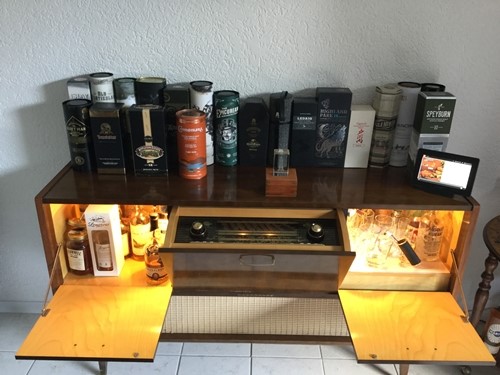24.01.2021
Successful result
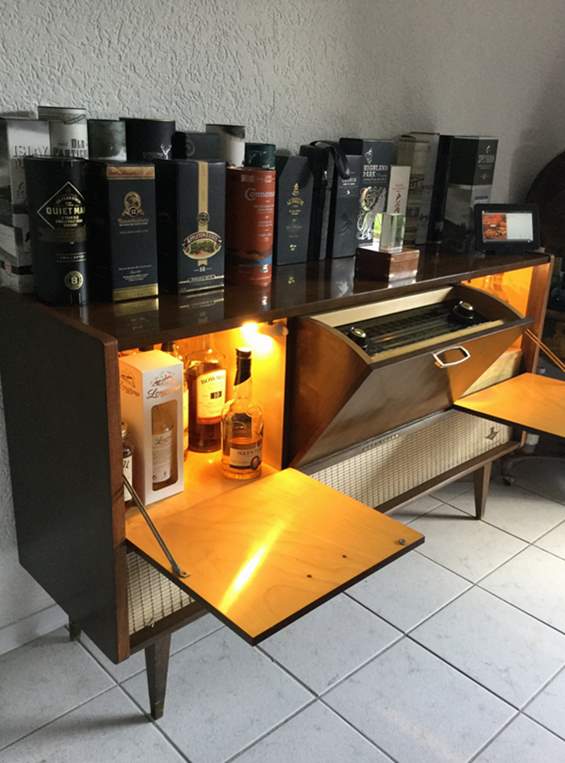
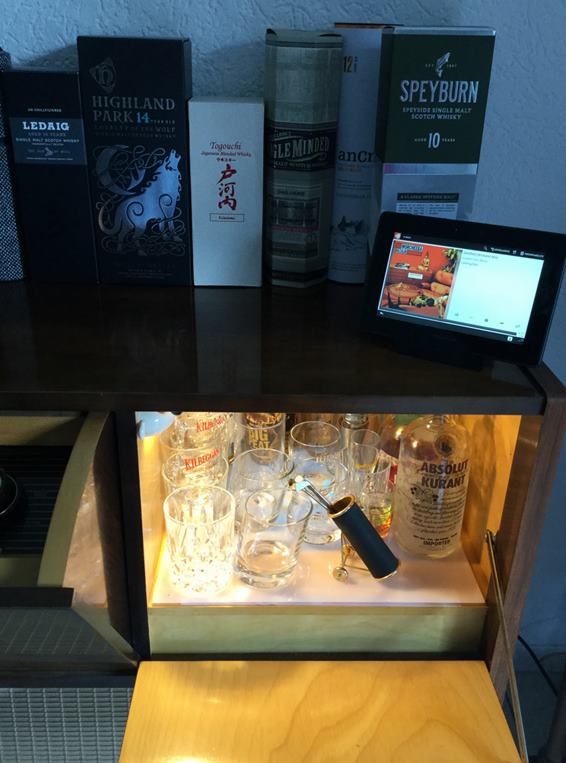
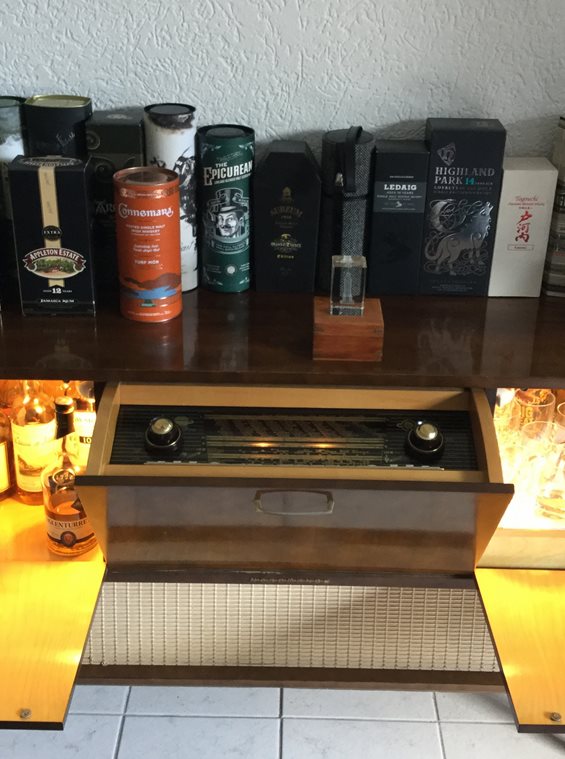
Our newly designed Neufeldt & Kuhnke champagne glass will also make a great impression here in the house bar!
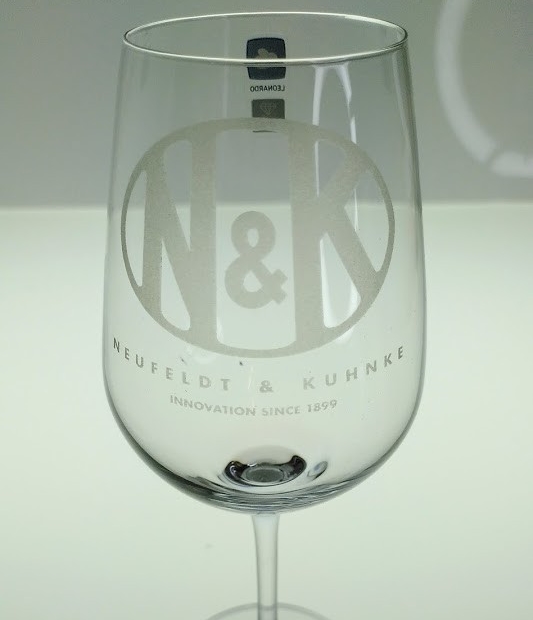
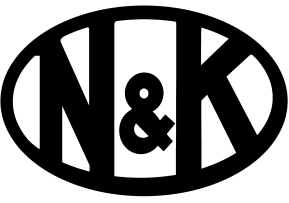
• More interesting pages •
• Photography
• HiFi Upcycling
• Clocks
• Light elements
• Furniture
• Contact •
Neufeldt & Kuhnke GmbH & Co. KG
Boninstraße 25
24114 Kiel
Germany
Phone: +49 (0) 431 – 70 57 95 91
Fax: +49 (0) 431 – 70 57 95 89
E-mail: kiel(at)neufeldt-kuhnke.de


